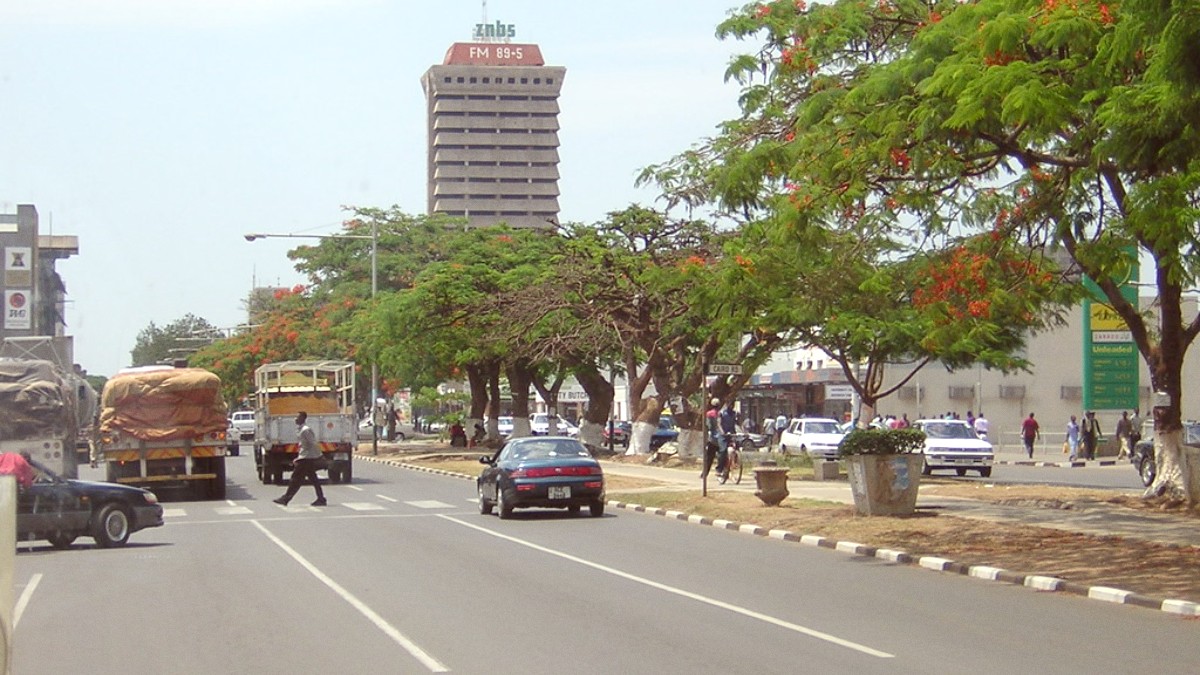
Zambia
Lusaka’s main public transport consists of a network of privately owned minibus taxis (shared taxis). These white vans operate on fixed routes, picking up and dropping off passengers along designated paths. The city lacks a formal metro, tram lines, or large public bus networks.
Official route maps for minibuses do not exist. Routes are known by locals. Major hubs include the central business district (CBD), Soweto Market, and specific bus stops marked by clusters of people waiting for transport. Conductors often call out destinations.
Inquire with hotel staff or trusted locals for the correct minibus route to your destination.
Always carry small Kwacha denominations, as conductors may not have change for large notes.
Keep a close eye on your bags and valuables in crowded vehicles and busy terminals to deter pickpocketing.
Requires IDP, national license, passport, credit card. International companies (Avis, Hertz) available. Expect USD 50-150+ daily.
Not common for tourist rentals; mainly used by locals.
No formal sharing programs. Cycling in traffic is challenging and not widely recommended.
4x4 vehicles are available and useful for national parks or rural areas with rough, unpaved roads.
Driving laws and road conditions are important to note for self-drivers. For pedestrians, certain areas are more welcoming than others.
No formal hop-on-hop-off tour buses operate in Lusaka. Private minibuses may be arranged for group tours outside the city.
Not applicable for Lusaka. As an inland city, it lacks significant navigable waterways for public transport.
Public transportation is largely inaccessible for travelers with mobility challenges. City infrastructure is not generally designed for accessibility.
Lusaka's public transport centers on shared minibuses, offering an authentic yet crowded experience. Taxis and ride-sharing apps provide more comfort and convenience.
Self-driving offers independence but calls for careful attention to road conditions and safety practices. Walking and cycling are generally limited to specific areas due to urban conditions.